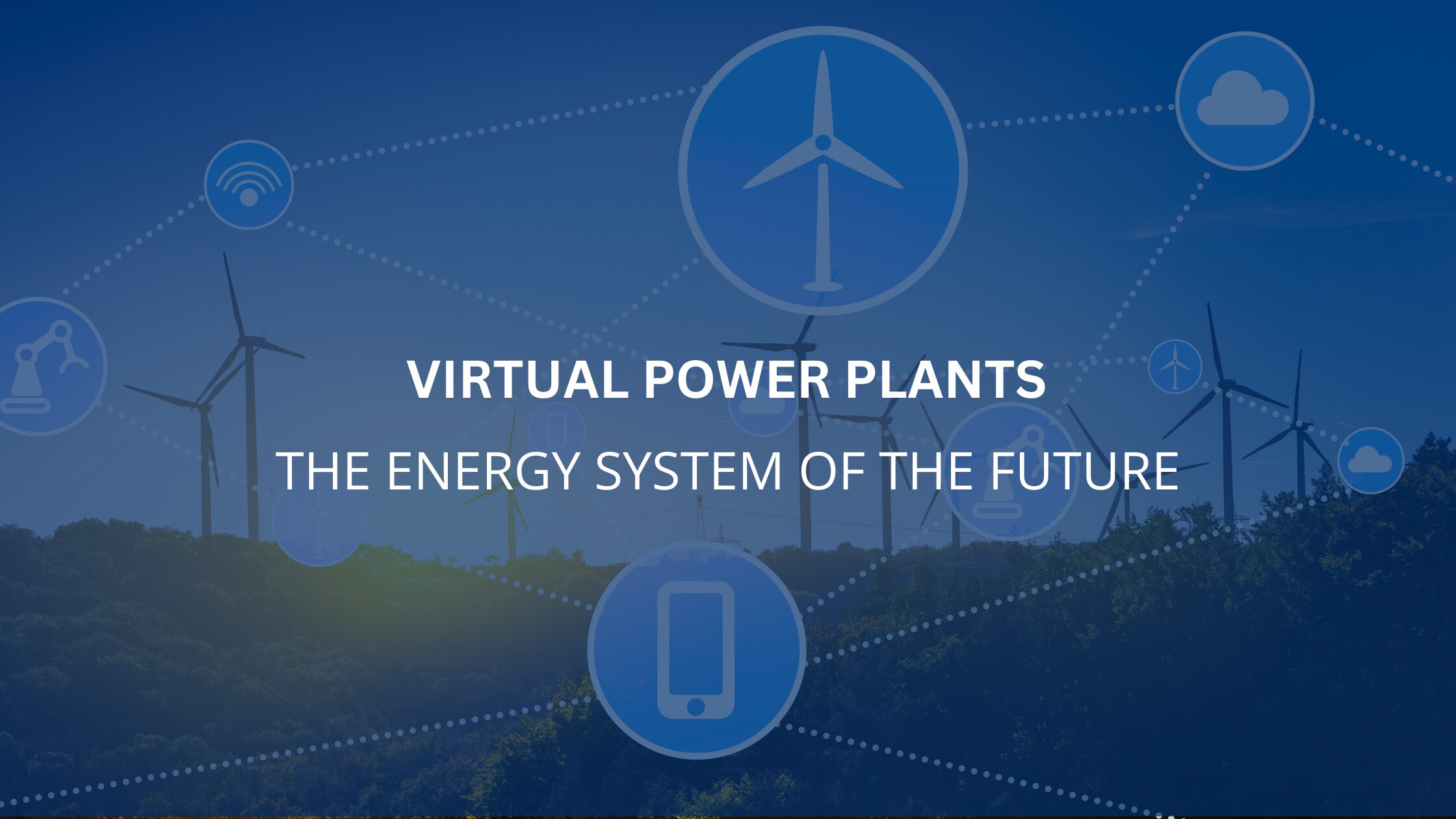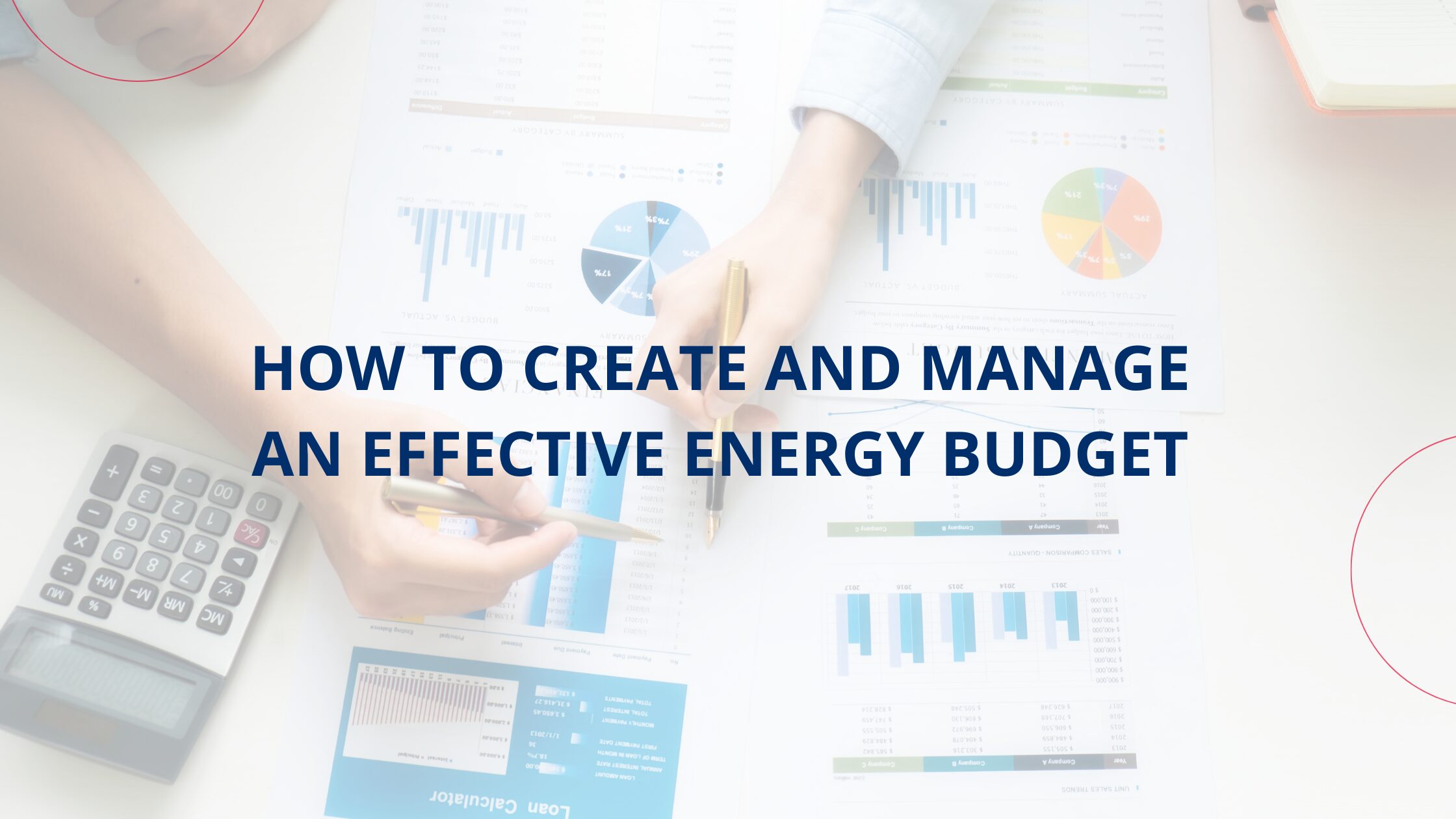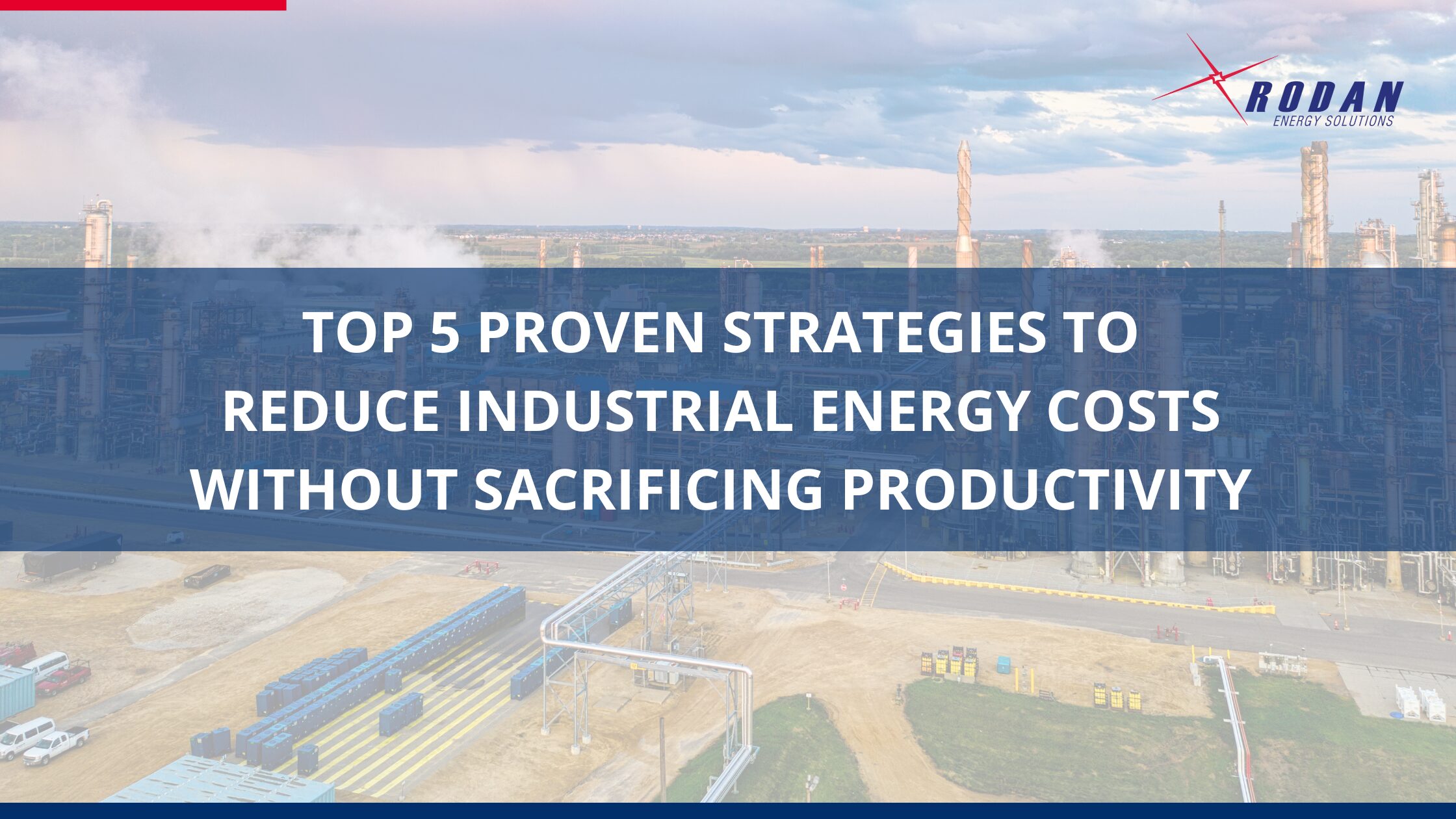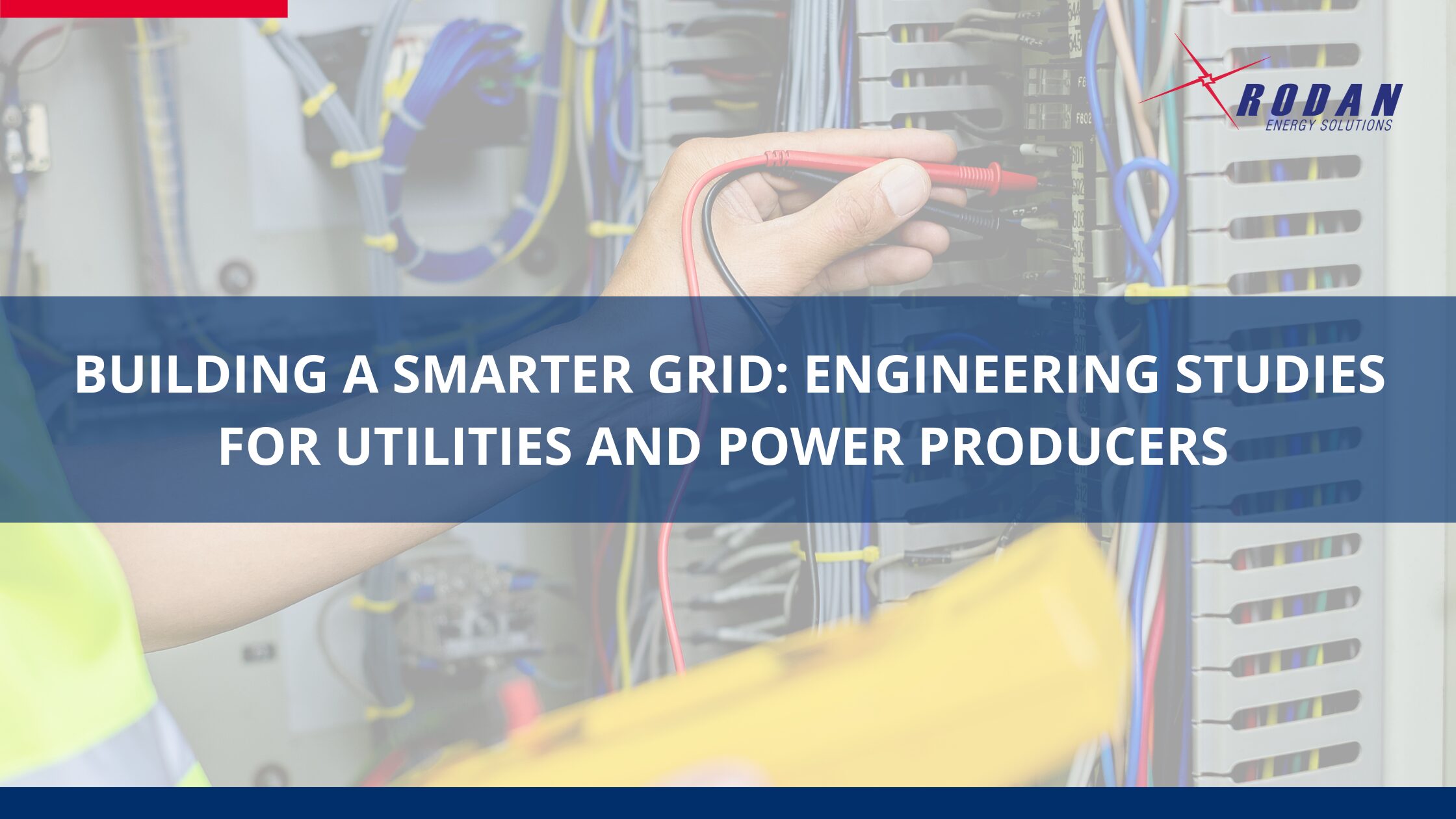Complex energy management simplified through technology and collaboration that helps everyone.
What is a Virtual Power Plant (VPP)?
Power plants have been around for over a century in various forms and are used to generate electricity to the energy grid for businesses and residential consumers to use. As our grid evolves, recent technology and practices come into play, to make it more efficient and beneficial for everyone. One of these new instruments is the combination of technology plus execution and management together to create what are known as virtual power plants.
A Virtual Power Plant or commonly referred to as a VPP, is a network of decentralized energy assets such as wind farms, solar parks, and battery storage systems, as well as flexible power consumers using programs like demand response and smart thermostats. They are interconnected and managed via a central control system or an energy aggregator, enabling them to function as a single power plant. These small and decentralized energy assets work together to “create” or shift supply and demand on the grid which in turn makes a power plant. The primary aim of a VPP is to provide a reliable and efficient power supply by balancing the demand and supply of electricity. These types of power plants are growing in importance due to their flexible nature and ease of implementation, especially compared to traditional power plants like coal, nuclear, and gas which are very costly to build and maintain as well as their negative environmental impact.
Below we will dive into the benefits of VPP’s, how they enable a more sustainable grid, the rising importance and growth, and finally how you can become part of one. Virtual power plants are enabling the grid of the future and a vital aspect of making sustainable, attainable for businesses and consumers alike.

How VPPs Benefit Businesses, Consumers, and the Grid
These virtual power plants have layered benefits for many stakeholders, ranging from businesses to residential consumers and utilities. VPP’s help to enable a more resilient and reliable grid all while lowering costs and helping meet sustainability goals. Being part of a VPP can take many forms from utilizing on-site battery systems, producing energy through solar, or reducing energy consumption during brief periods of need. To leverage these energy systems, companies like Rodan Energy work as an aggregator to tie each of these assets together and deliver the service to the grid. Participating in a VPP can provide layered benefits to your organization and directly help utilities. Here are a few examples of the benefits they provide.
Business Benefits:
- Cost Savings: Businesses can reduce energy costs by participating in demand response programs and receiving compensation for reducing their power usage during peak times.
- Revenue Generation: Through participation in energy markets, businesses can sell excess power generated from their renewable energy sources.
- Enhanced Reliability: Businesses benefit from a more reliable power supply, as VPPs can quickly respond to grid disturbances and protect their operations.
Consumers Benefits:
- Lower Energy Bills: Consumers can save on energy costs by using power when it’s cheapest and reducing usage during peak times.
- Increased Energy Independence: With VPPs, consumers can generate their own power, store it, and use it as needed, reducing reliance on the traditional grid.
Grid & Utility Benefits:
- Grid Stability: VPPs help balance supply and demand, reducing the risk of blackouts and ensuring a stable power supply.
- Increased Efficiency: By optimizing the use of decentralized energy resources, VPPs make the power grid more efficient.
- Support for Renewables: VPPs facilitate the integration of renewable energy sources, promoting a cleaner, more sustainable energy system.
Helping Meet Sustainability Goals and Incorporating Renewable Energy
VPPs play a crucial role in advancing sustainability goals and reducing overall carbon emissions. By integrating renewable energy sources like solar and wind into the power grid, VPPs reduce greenhouse gas emissions and reliance on fossil fuels. These intermittent resources like wind and solar, when paired with a VPP, greatly improve the overall system due to the flexible and fast acting nature of virtual power plants. They also enhance the adoption of sustainable technologies by providing a platform for efficient energy management and distribution.
The Rising Importance and Growth of VPPs
Battery storage systems are integral to the operation of VPPs. They store excess energy generated from renewable sources and release it when needed, ensuring a steady supply of power. This capability makes battery storage a critical part for businesses and consumers looking to take part in energy flexibility programs.
In addition, demand response programs enable participants to reduce their energy consumption during peak demand periods, providing relief to the grid. VPPs coordinate these efforts, ensuring that the collective reduction in demand helps support grid stability and efficiency. Demand response is already used as an energy management tool throughout much of the world today. As a key part in VPPs, there are many examples of how VPP’s are already in use in various parts of the world, including Europe, North America, and Australia. They have proven effective in enhancing grid reliability, supporting renewable energy integration, and providing economic benefits to participants.
How VPPs are Solving Problems and Providing Grid Flexibility
The energy grid has several mounting problems which VPPs can help address. A few of these challenges faced by modern power grids today that VPPs play a role in supporting are:
- Intermittency of Renewable Energy: By aggregating and managing distributed energy resources, VPPs smooth out the variability of renewable power generation.
- Peak Demand Management: VPPs enable demand response actions that reduce peak demand, easing the strain on the grid.
- Emergency Support: In times of grid disturbances or outages, VPPs can provide fast-acting support, helping to restore normal operations.
How Do You Become Part of a VPP?
Rodan Energy can help you become part of a virtual power plant. If you have a battery energy storage system, we can enroll it into market programs to provide relief and improve grid resilience. In addition, businesses participating in energy flexibility programs like demand response and peak load management can be aggregated to build upon the VPP portfolio which helps the overall grid. Rodan will analyze your current situation and capabilities to meet your financial, operational, and sustainability needs all while incorporating your business into a VPP of the future. Reach out today to learn how you can become part of one and help make sustainable, attainable for all.




